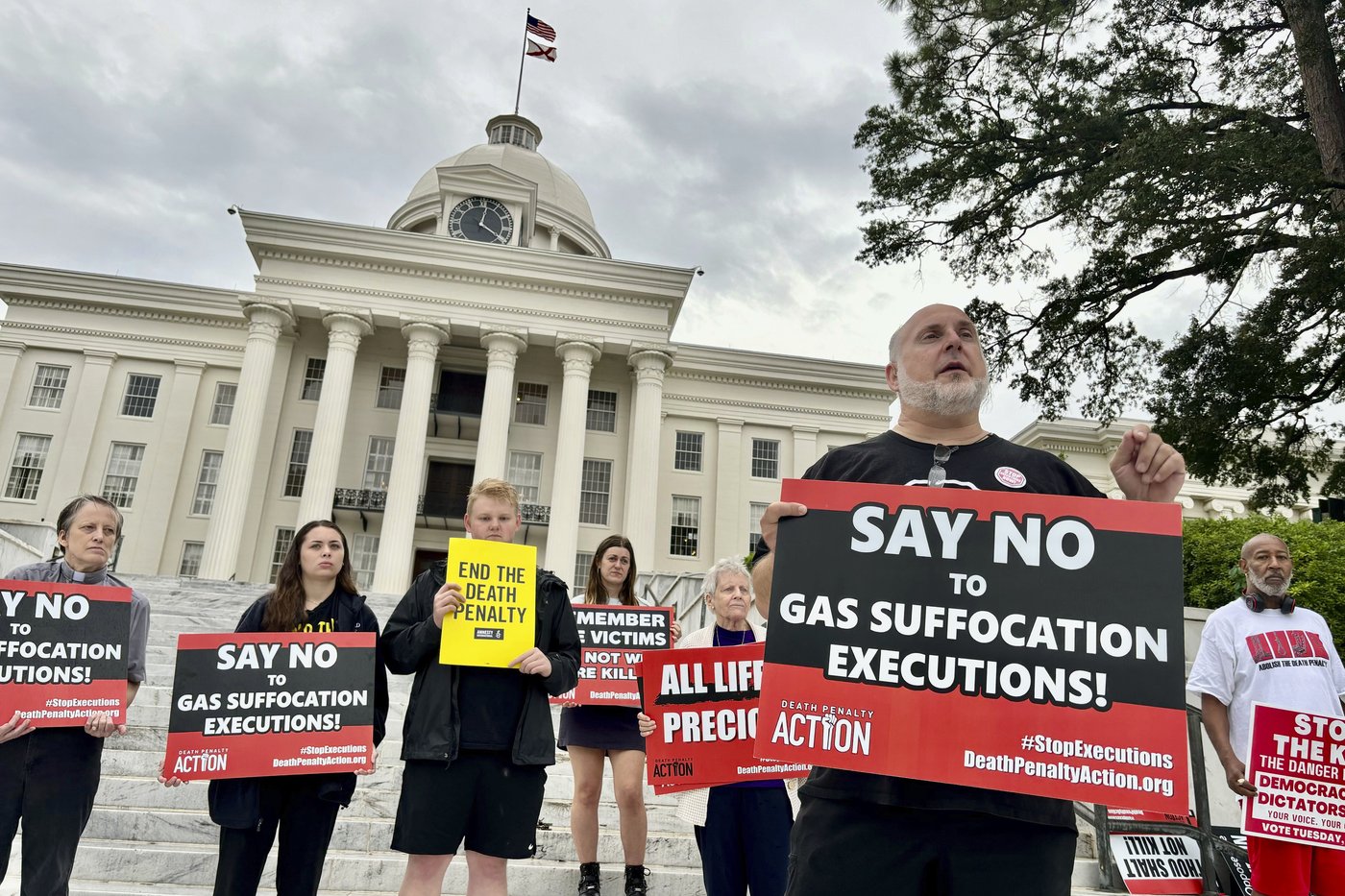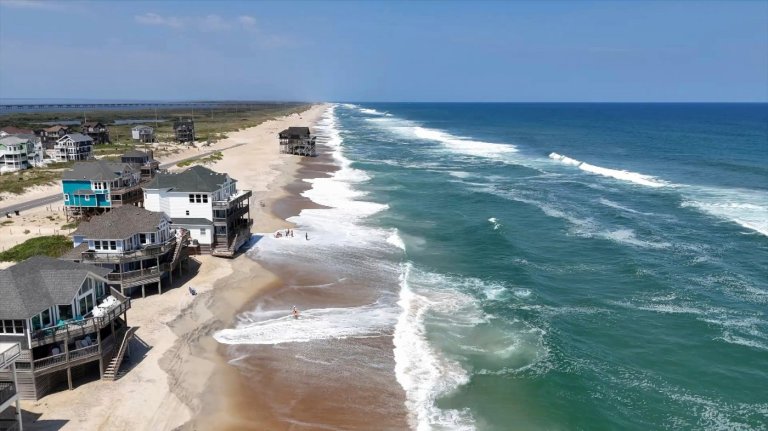
Alabama sets October execution using nitrogen gas
MONTGOMERY, Ala. (AP) — Alabama has scheduled an October execution by nitrogen gas for an inmate who has an ongoing lawsuit challenging the new method as unconstitutionally cruel.
Alabama Gov. Kay Ivey on Monday set an Oct. 23 execution date for Anthony Boyd, 53. Boyd is one of four men convicted in the 1993 killing of Gregory Huguley in Talladega. Prosecutors said Huguley was burned to death after he failed to pay for $200 worth of cocaine.
Boyd’s lawsuit challenges the use of nitrogen hypoxia gas as unconstitutionally cruel. He suggested a firing squad, hanging or medical aid-in-dying as better alternatives. A federal judge has scheduled a Sept. 4 hearing in the case.
Alabama began using nitrogen gas last year to carry out some executions. The method uses a gas mask to replace breathable air with pure nitrogen gas, causing the inmate to die from lack of oxygen.
Alabama has used nitrogen to carry out five executions and has another planned in September. Louisiana has used nitrogen to carry out one execution.
In 2018, Boyd selected nitrogen as his preferred execution method, but at the time the state had not developed procedures for using it. Lawyers for Boyd filed a federal lawsuit in July — about a month after the state began asking for his execution date — seeking to prevent the state from executing him with nitrogen. They cited descriptions of how other inmates shook on the gurney while being executed with nitrogen gas.
“Each prisoner previously executed by the State’s Protocol showed signs of conscious suffocation, terror, and pain,” lawyers for Boyd wrote in the lawsuit.
The Rev. Jeff Hood, a spiritual adviser who witnessed the first nitrogen execution and is now working with Boyd, said Monday that he was “horrified” by what he saw at that execution, which he described as being “suffocated to death.”
The Alabama attorney general’s office has urged a federal judge to dismiss the lawsuit, arguing that there is “substantial evidence that nitrogen hypoxia is a painless way to die.”
The state argued the described movements in previous executions were either inmates actively resisting or “involuntary movements associated with dying.”
Huguley’s burned body was found Aug. 1, 1993, in a rural ballpark in Talladega County. Prosecutors said that the night before, the men had kidnapped Huguley after he failed to pay for $200 in cocaine.
A trial witness, testifying as part of a plea bargain, said that Boyd taped Huguley’s feet together before another man doused him in gasoline and set him on fire.
At his trial, Boyd’s lawyers maintained he was at a party that night and did not commit the murder.
A jury convicted Boyd of capital murder during a kidnapping and recommended by a vote of 10-2 that he receive a death sentence.
Boyd has been on Alabama’s death row since 1995. He is the current chairman of Project Hope to Abolish the Death Penalty, an anti-death penalty group founded by men on death row.
Shawn Ingram, who was accused of pouring the gasoline and then setting Huguley on fire, was also convicted of capital murder and is also on Alabama’s death row.
Moneek Ackles was sentenced to life in prison without parole. A fourth man, Quintay Cox, pleaded guilty to a lesser charge of murder as part of a plea deal. Cox was sentenced to life with the possibility of parole.
Join the Conversation!
Want to share your thoughts, add context, or connect with others in your community?
You must be logged in to post a comment.
















